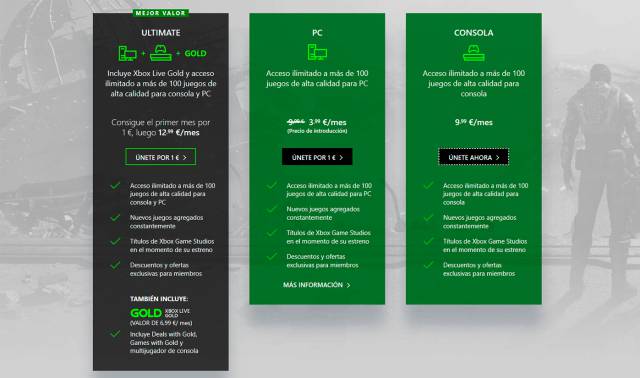


The new PlayStation Plus rebrand is split into three tiers: Essential, Extra, and Premium. The latter aligns more closely with the PlayStation Plus rebranding, as it combines both versions of Game Pass and Xbox Live Gold into one service, with additional incentives like EA Play (which also comes with Game Pass PC), a gaming subscription service with games developed and published by Electronic Arts, and access to Xbox Cloud Gaming. Microsoft would then expand on that idea with the release of PC Game Pass for Windows 10 computers and Game Pass Ultimate. Xbox Game Pass is primarily billed as a Netflix-like approach that delivers access to a wide library of first and third-party games you can play on Xbox hardware.

PlayStation Plus’ rebranding will, broadly, consolidate the original PlayStation Plus service and PlayStation Now, Sony’s cloud gaming service. And those differences help showcase the varying strategies at work. While the two are very similar on paper, there are some stark contrasts that do not make this necessarily a one-to-one comparison. Let’s get the obvious out of the way: it will be easiest to compare PlayStation Plus to Xbox Game Pass, given the timing of PlayStation’s announcement and the way Game Pass has revitalized Xbox. The short answer? All three certainly share some commonalities, but there’s actually some quite different focuses when it comes to how these services are enticing would-be subscribers, so let’s dig in. So with the new version of PlayStation Plus on the way, how closely does it compare to its competition? To better understand the rebrand’s offerings in conjunction with other subscription services, let’s take a closer look at how it has not only evolved from its initial form but also how it differs from Xbox Game Pass and Nintendo Switch Online.


 0 kommentar(er)
0 kommentar(er)
